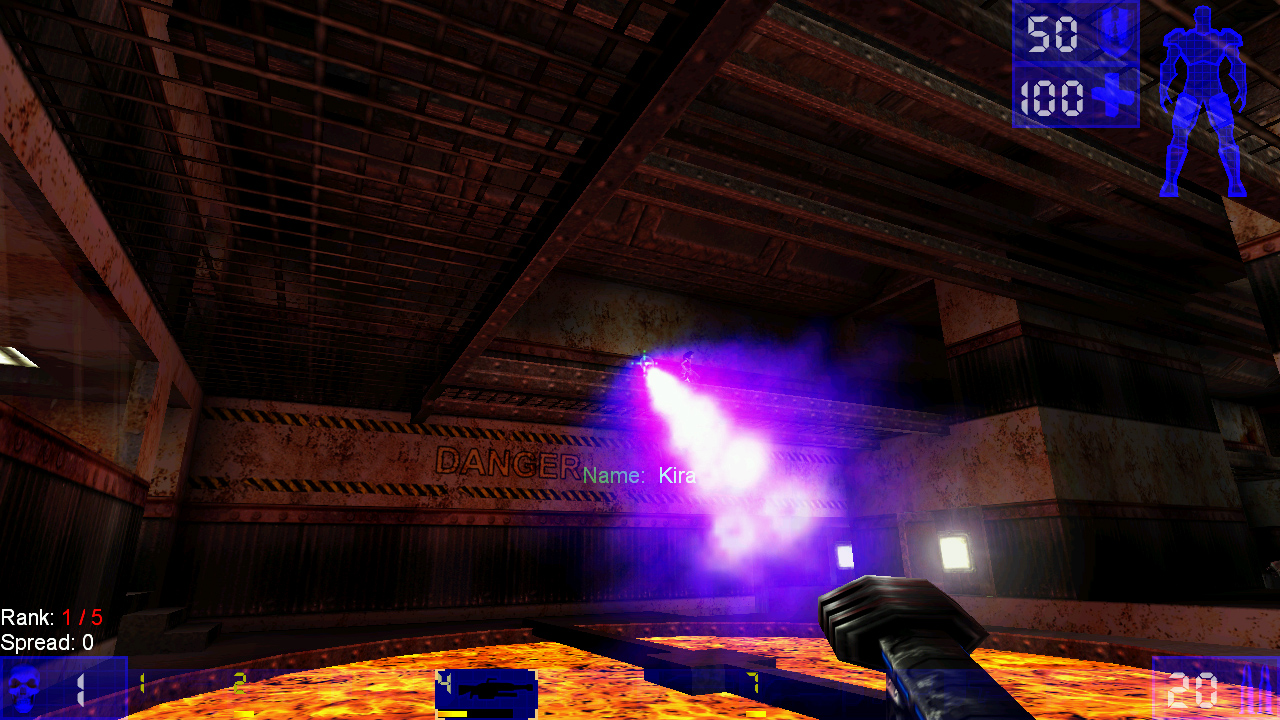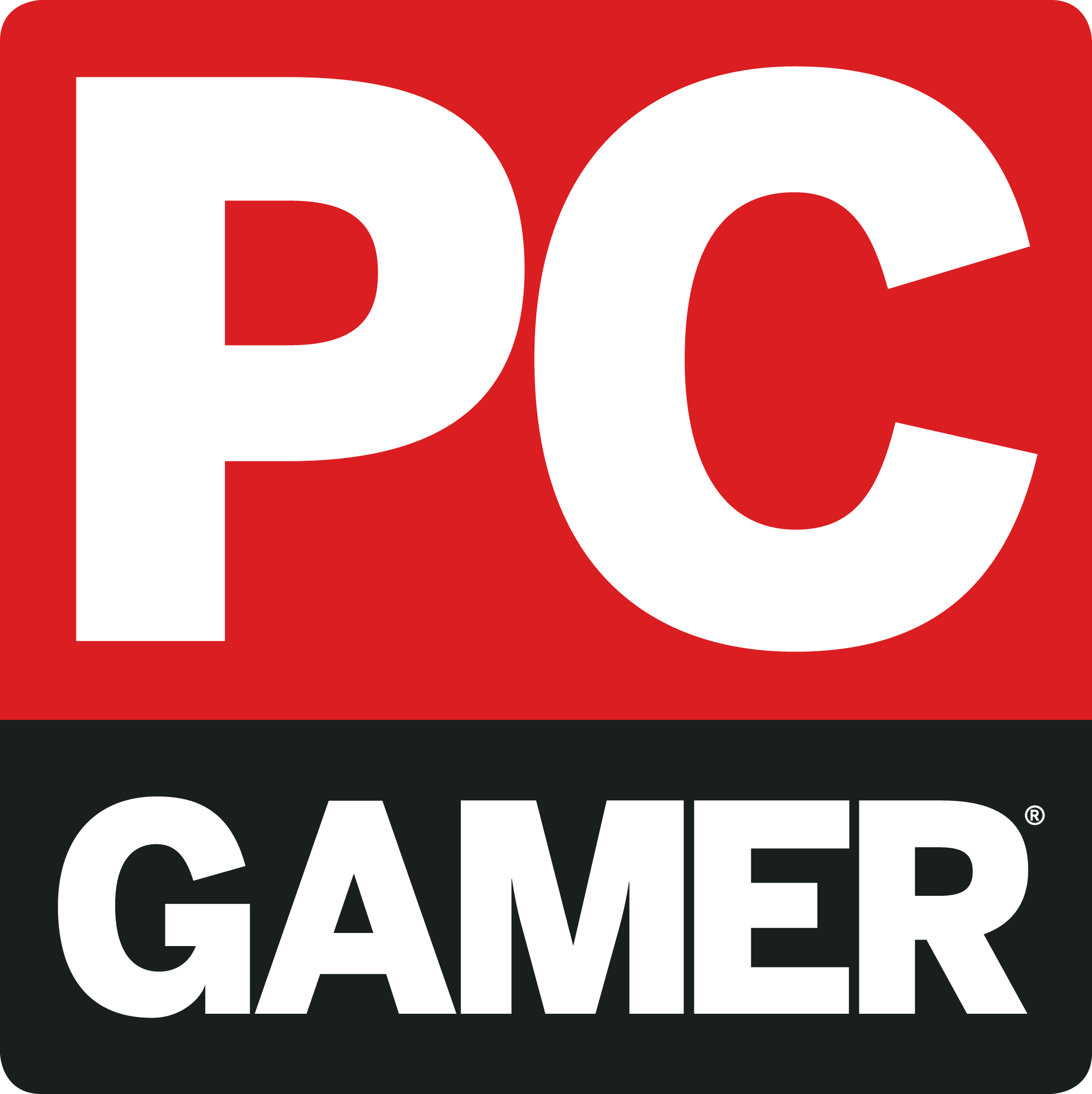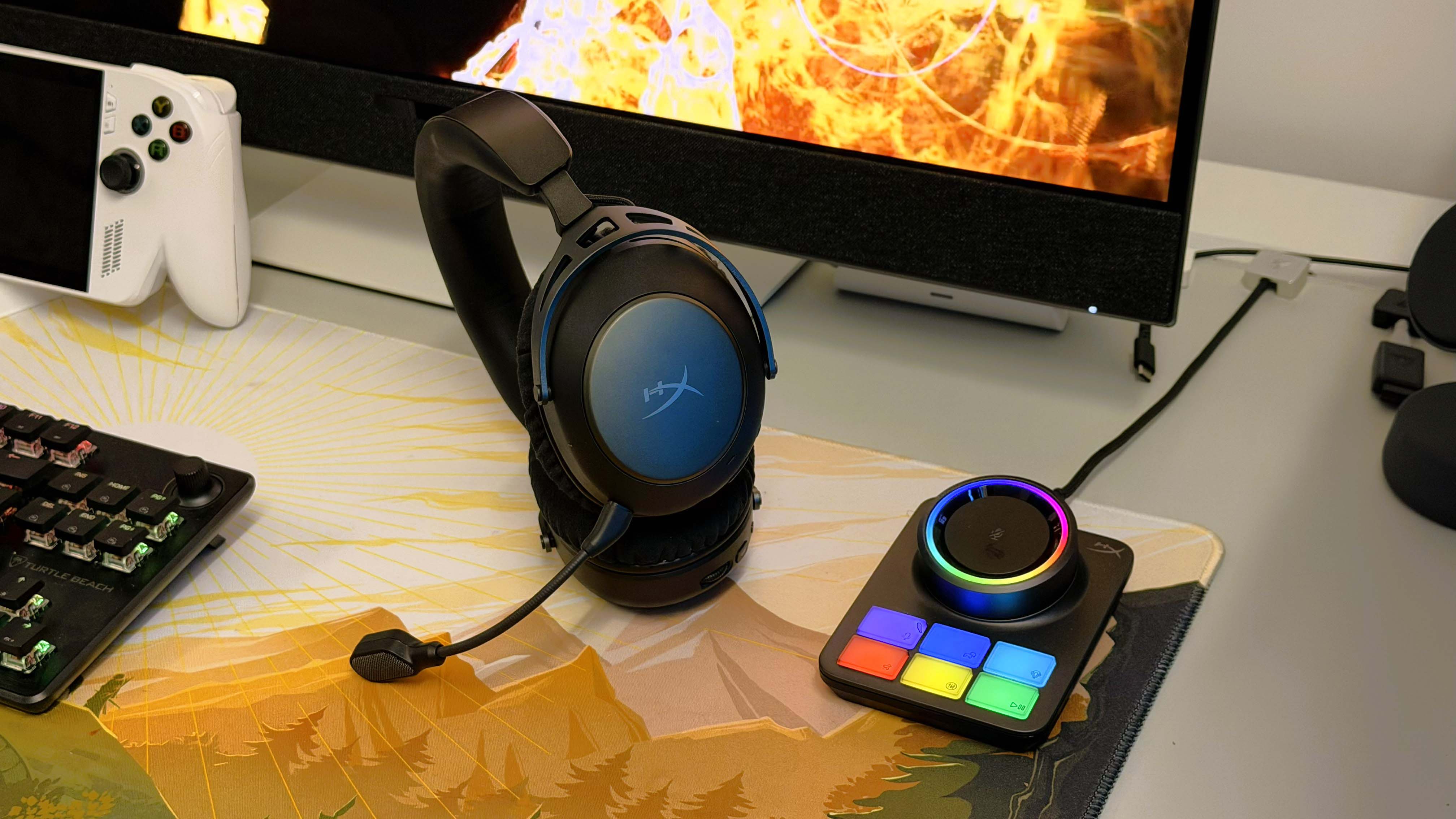Our Verdict
One of the most enjoyable single-player and multiplayer action games ever.
PC Gamer's got your back
Tyler Wilde provides commentary followed by our original Unreal Tournament review from the February 2000 issue of PC Gamer US.
After yesterday's Civilization: Beyond Earth announcement , it would have made a lot of sense to publish our 1999 review of Alpha Centauri, with one of the highest review scores we've ever given. This is not a review of Alpha Centauri. One, that's so predictable. Two, I'm in a Boston hotel room (waking up after this ) and I grabbed the wrong issue... February 2000 instead of April 1999. The consequences are usually much more dire when time travelers make mistakes, so let's just be happy that we get to read about Unreal Tournament and that most of the world's population was still born. Like, 99.9% at least.
What dates this review most (aside from a reference to Saved by the Bell) is the smallness of the FPS genre and the newness of broadband internet. The divide between the single-player campaigns of Doom, Quake, Unreal, and Half-Life and multiplayer-focused off-shoots like 1999's Quake III Arena was growing, but with many still using dial-up modems, multiplayer-only shooters were rare. Starsiege: Tribes was well ahead of its time.
Bots were, somewhat briefly, the answer. This review almost entirely focuses its praise on the quality of Unreal Tournament's bots as a way to fill the hole left by omitting labyrinths and switches.
It's also funny in hindsight that the review criticizes the level design (fair, I think, but I've always been more of a Quake guy), then casually notes the "incredible editing tools." I know, I know, Facing Worlds , but the amazing user-made maps are how I remember the Unreal Tournament series (still playing them in UT2K4 instagib). It makes me smile to think how far the accessibility of game development has come: those who once made Unreal Tournament maps can now build with Unreal Engine 4's entire development kit for 19 bucks a month. Even as we lament the trend away from user generated maps, that's progress. We still don't have robot butlers, though.
***
Keep up to date with the most important stories and the best deals, as picked by the PC Gamer team.
Unreal Tournament review
Sick of the same old first-person shooter? Then welcome to the future of the genre!
Is anyone else disappointed by the new millennium? Aren't we supposed to be in the middle of the Golden Future right now? Where are our hovertoilets? Where are all the cool new space-products we were promised (“Honey, could you get me a Space-Twinkie out of the Space-cupboard?”), and darnit, where's the Robot Butlers? Really, is a Robot Butler too much to ask for?
I'd have to say that in the absence of evil scheming supercomputers like HAL 9000, the most compelling artificially intelligent foes we have available today are the computer AI bots in Unreal Tournament. Sure, they won't fetch you a Wall Street Journal and smoking jacket while dishing out seventies slang, but these bots are a key factor in the evolution of a good game into a great one. In Unreal, the bots were an afterthought that helped you practice deathmatch (even though they weren't much of a challenge), but in Unreal Tournament they're the stars of the show.
Battles against bots have taken the place of the threadbare single-player storylines you're used to seeing in first-person shooters. In fact, the single-player action in UT has more in common with Street Fighter II then it does with Half-Life. You don't progress through a linear storyline; instead you fight your way through a series of firefights with increasingly ferocious bots. In a single-player tournament you'll have to defeat bots in Deathmatch, Domination, Capture the Flag, and in an innovative Assault mode.
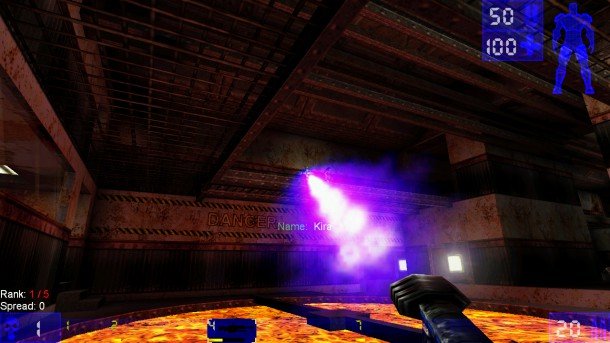
Unreal Tournament deathmatch is very similar to Unreal deathmatch. The weapons are almost exactly like the originals. In fact, the only real difference is the addition of a new energy weapon and a few tweaks to the old weapons. Like the original, the weapons are all very powerful and result in faster kills than you'll find in any Quake game.
The deathmatch level design takes full advantage of the Unreal engine's powerful editing tools. Thanks to this wealth of geometry, you'll fight battles in futuristic Space-ships, atmospheric Space-Galleons, and creepy Space-castles. Each level is extremely detailed, which makes the game look great, though occasionally the complex architecture gets in the way of gameplay. For instance, in the deathmatch level called “The Peak,” you'll occasionally run around the outside of a building on narrow passageways. If you drop off these walkways and die just by accident, you won't care very much that the architecture looks cool.
This is an overall problem with Unreal Tournament. It seems as though many of the levels were designed with aesthetics taking priority over gameplay. If you compare the basic level design to id's Quake III Arena, you'll notice how often UT sacrifices substance for style. You'll appreciate a beautiful level the first few times you play, but you'll appreciate quality gameplay design every single time you play.
In the excellent Domination mode, you and a squad of friendly bot-buddies fight to gain control of three strategic areas. Domination allows you to really appreciate the bot AI. Even if you don't tell them exactly what to do (you can command them very easily if you so desire), they still play intelligently. This mode is the most frantic of all because you simply can't win it on your own, and you have to learn to trust. (Those of you who learned how to trust during one of those "very special episodes" of Saved By the Bell are ahead of the curve.) Coordination between you and your team's bots seems a little strange until you realize that the bots are conforming beautifully to “human” responses in the firefight. It's amazing.
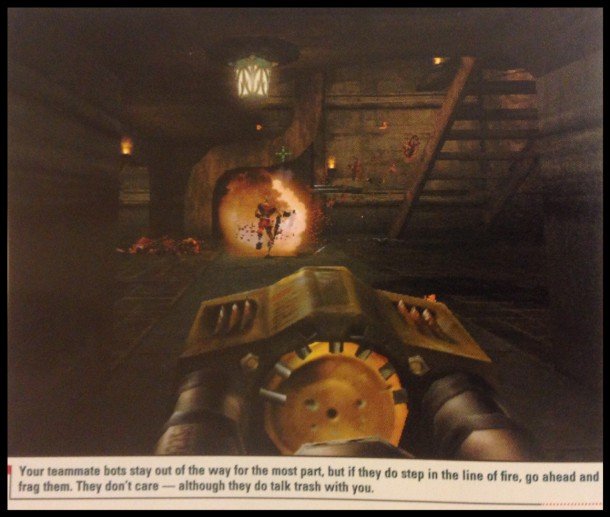
Capture the Flag is maybe the weakest gameplay mode available, if only because it adds nothing to this very familiar style of play. For what it is, though—a standard Capture the Flag variant—it's still great fun.
Assault is by far the most innovative and enjoyable mode in Unreal Tournament. The game gives you several objectives and you have to solve them before the clock runs out. If you beat the clock, the other team must accomplish the same goals faster than you. The quality of these levels is often hit or miss. Levels like the high-speed train, the Normandy assault, and a boat attack are great fun, while a few of the others are a bit too complicated to provide the same thrill. Again, examples of too much visual flair and not enough solid gameplay justification in the level design.
You're most likely asking two questions right now. The first is "When will I be able to get me some of them Space-Twinkies?" and the second is "Is the game fun even when you're just playing against bots?" The answer to the first is that you'll just have to be patient and the answer to the second is a resounding yes. The bots play hard, talk smack when necessary, and pull your sorry Space-butt out of the Space-fire when you need them the most.
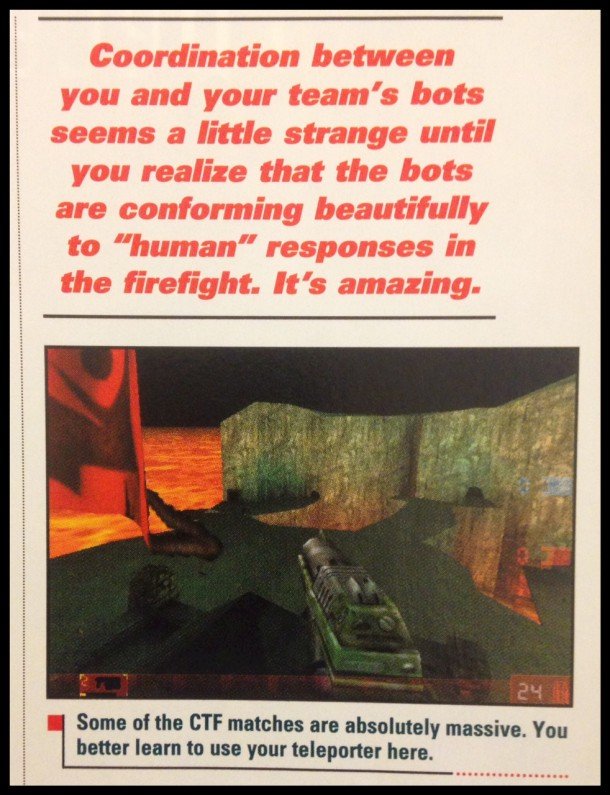
The bots also give the UT single-player game a longer life than any previous single-player mode in a first-person shooter. Long after you've finished the final chapter in Half-Life, you'll still be having fun playing against these bots. By changing any number of their properties, you can make a botmatch play like an entirely new game. We've played camping matches, bloodthirst brawls, and even set up a few scaredy-cat bot hunts.
But no matter how good the bots are, they still can't beat real, live competition. And thankfully, the Internet play in Unreal Tournament is dramatically better than that of its predecessor. No matter how well you play against bots, you'll find it an entirely more enjoyable experience to take your skills up against humans online. While the online gameplay is not quite as fast as that in some of the current competition, it's fast enough that it won't drag down your deathmatch experience.
Thanks to its excellent single-player mode, much improved network code, and overall gameplay, we barely even have to mention UT's gorgeous graphics, rumbling sound, simple interface, and incredible editing tools. Even though it doesn't make us feel as futuristic as we'd feel on a hovertoilet, this game managed to exceed our expectations. Maybe the new millennium isn't going to be all so bad after all.
— Dan Egger
Category: Action
Developer: Epic Games
Publisher: GT Interactive
Required: Pentium II 200, 32MB RAM, 120MB hard-drive space, 8X CD-ROM drive
We recommend: Pentium II 300, 64MB RAM, 605MB hard-drive space, 3D accelerator, 28.8 or better modem
Multiplayer options: Serial, Modem, IPX, TCI/IP, Free Internet play: HEAT.net, Maximum players: 32
Highs: The best first-person shooter AI ever; enviable network code; exceptional design.
Lows: Some of the levels are designed more for look than gameplay.
One of the most enjoyable single-player and multiplayer action games ever.
PC Gamer is the global authority on PC games—starting in 1993 with the magazine, and then in 2010 with this website you're currently reading. We have writers across the US, Canada, UK and Australia, who you can read about here.
